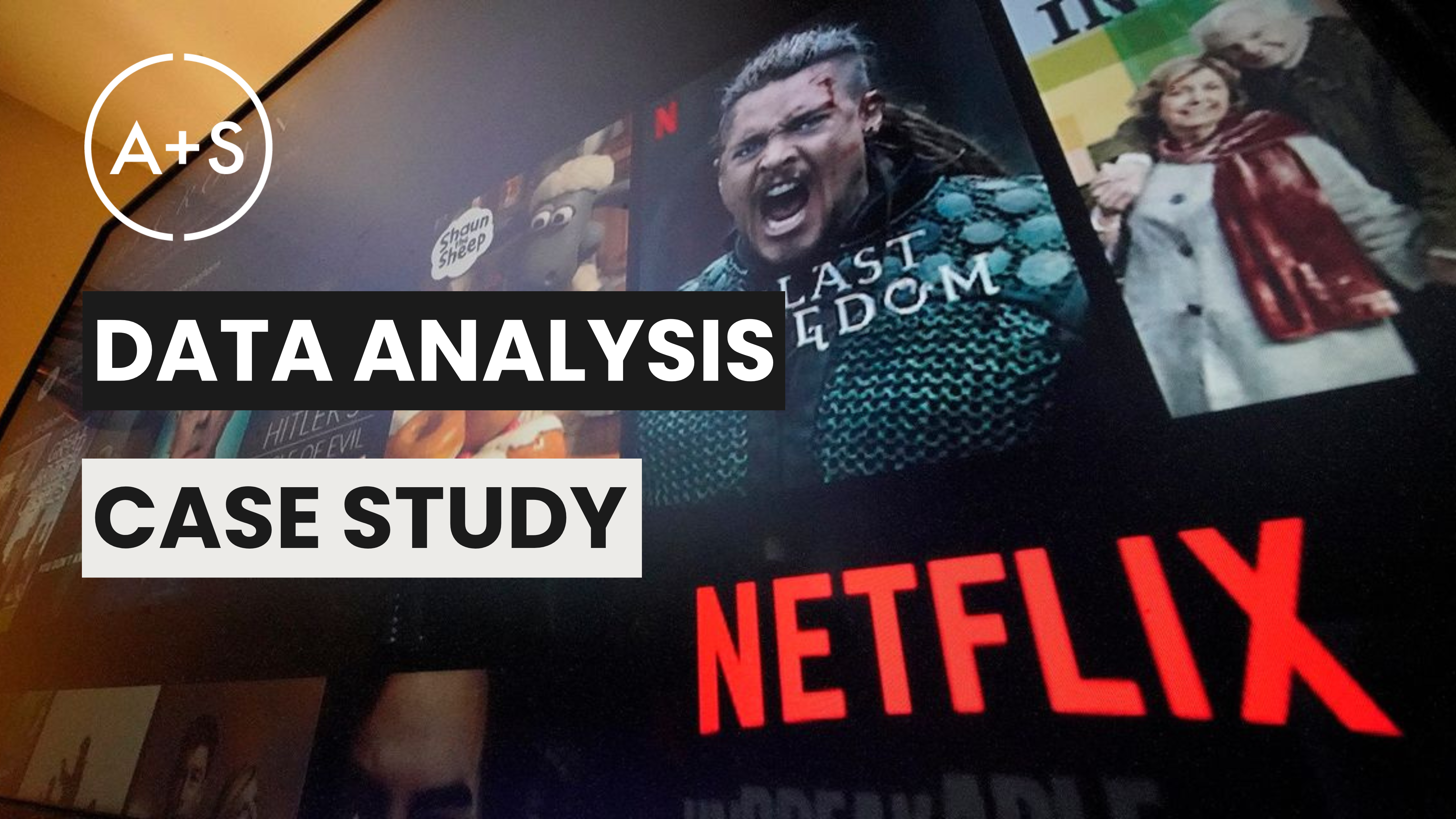In today’s digital world, brands that are solely focused on standing out are already falling behind. The days of success being measured by who has the loudest message are over. The real winners are those brands that seamlessly integrate themselves into consumers’ lives, providing value and relevance.
This shift revolves around the Consumer Decision Journey (CDJ). It goes beyond just a mere evolution of the traditional sales funnel; it’s a completely new way of approaching how, when, and why consumers make choices. Brands that don’t grasp the importance of the CDJ are not only missing out on potential opportunities but are also failing to build genuine connections with their desired audience.
The Shift from Broadcasting to Integrating
The traditional marketing approach assumed that all a brand had to do was grab attention at the top of the funnel and then lead consumers down through consideration and ultimately, purchase. However, the modern consumer journey is much more intricate. Consumers are not passive; they actively evaluate and reassess their options as they come across new information.
Brands that struggle today are still using outdated methods of broadcasting messages in hopes of standing out. But simply being noticed is no longer sufficient. The successful brands are those that seamlessly integrate themselves into the lives of consumers, anticipating and meeting their needs at every critical moment. They understand that it’s not just about being seen; it’s about being relevant and helpful when it matters most.
The Modern Consumer Decision Journey: A Continuous Cycle
The customer’s path to a purchase decision is not a one-way street — it’s an ongoing cycle filled with interactions and engagement. After making a purchase, consumers continue to connect with brands, evaluating, providing feedback, and sharing their experiences. This not only poses challenges but also opens up incredible opportunities for brands to form lasting relationships that extend far beyond the initial transaction.
McKinsey’s Consumer Decision Journey (CDJ) reflects this reality, highlighting the importance of ongoing interactions and engagement between consumers and brands even after a purchase has been made. This dynamic process allows brands to form meaningful connections with their customers that extend far beyond the initial transaction.
Let’s examine the different stages of the CDJ and how brands can effectively become part of each stage:
- Trigger: This is the moment something sparks a consumer’s interest. Whether it’s an ad, a recommendation, or a need, brands should prioritize relevance and awareness — but not by shouting. Instead, connect with consumers by offering something they truly need when they need it.
- Initial Consideration Set: Consumers are actively thinking about a handful of brands. The key here isn’t to force your way into the set but to be there with the right message — whether it’s through search, social media, or customer reviews.
- Active Evaluation: This is where consumers delve into their research. Brands need to be present in the platforms where consumers go to gather information, like review websites, social media platforms, and search engines. This isn’t the time for exaggerated claims; this phase is about offering authentic value.
- Moment of Purchase: The journey isn’t over once a consumer decides to buy. Ensuring a smooth, seamless purchase experience — whether online or in-store — is crucial for turning that decision into a loyal relationship.
- Post-purchase Experience: After buying, consumers continue to evaluate the product and the brand. This is where many brands fall short. A follow-up is essential, be it through customer support, a thank-you note, or encouragement to leave reviews.
- Loyalty Loop: The ultimate goal is to cultivate brand advocates—consumers who bypass the entire evaluation phase in future purchases because they trust and believe in your brand. Brands that build loyalty do so by continuously delivering value and personalizing their interactions.
Why Brands that Ignore the CDJ are Doomed to Fail
Brands that continue to rely solely on broadcasting their message are missing out on potential customers. Data is a crucial component in this strategy. Every click, search, or social media post provides valuable information about consumer behavior. Brands that understand the CDJ can use this data to predict and cater to their customers’ needs, delivering the right message or solution at the right time. The power of real-time data analytics allows brands to anticipate shifts in customer preferences, refine their messaging, and target individuals with pinpoint accuracy.
By mapping consumer behavior and data points to specific stages of the CDJ, marketers can measure performance, identify gaps, and optimize their strategies. For analysts, this requires more than simply gathering data — it involves extracting meaningful insights that inform the brand’s decisions throughout every step of the customer journey.
Personalization: The Key to Connecting with Today’s Consumers
Personalization goes beyond simply using a customer’s name or targeting them with specific advertisements. It involves comprehending where they are in their decision-making process and providing tailored content, products, or solutions that align with their immediate needs. For instance:
- During the Active Evaluation stage, refrain from overwhelming a consumer with constant sales pitches and offer useful content instead, such as reviews, tutorials, or personalized product comparisons, to aid them in making an informed choice.
- At the Moment of Purchase, don’t just provide a generic discount; customize it based on their previous behavior or interactions with your brand.
- In the Post-purchase stage, avoid sending generic follow-up emails and opt for personalization by offering valuable tips on using the product or inviting them to join loyalty programs.
By using advanced data analytics, AI-powered tools, and machine learning, brands can make these personalizations seamless, adaptive, and highly effective—ensuring that each interaction is meaningful and contextually relevant.
Final Thoughts: Integration, Not Interruption
Brands that are still focused on shouting their message to gain attention in a competitive market are not realizing the true potential of today’s digital landscape. Success now depends on being the most relevant voice, the one that comprehends consumers at every point in their journey and seamlessly integrates into their daily routines.
Ultimately, it’s not about being flashy. It’s about being present—in the right place and at the right time. Only then can brands establish lasting connections necessary to succeed in the era of the Consumer Decision Journey, where data-driven insights and personalized engagement drive success.




